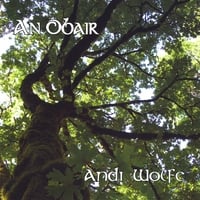
The first stop was a small nature reserve in Kailua - Hamakua Marsh. That's the same marsh where Teri and I walked on Thursday afternoon, but this section had been set aside for wildlife.

Score! This is the black neck stilt - a native rather than an alien species.

I enjoyed watching these birds forage out in the marsh. There were dozens of them at the reserve.

I posted a picture of a wandering tattler on my post about Ko'olina cove. This one is in breeding plumage.

This black-crowned night heron was pretty close to a parking lot. They're pretty birds, but this one wasn't getting a warm reception by the other birds nearby.

Perhaps this is the reason. It went into hunting mode and started stalking another bird.

Closer and closer. . . . what's it after?

The way this moorhen reacted it looked like it was after eggs or something.

The moorhen was hissing and screeching at the heron.

Hmmmm, maybe it should think about it for a second.

Here's what it was after - a moorhen chick. The mom was protecting it from the heron.

I wonder how many chicks and eggs are taken by the herons. Craig told me that the cattle egrets also go after eggs.

Here's another native Hawaiian species - the Hawaiian coot. This one has the bright white bill and forehead.

Not a native, but it has interesting plumage.











2 comments:
Hi Andi, interesting posts. Just looking at the Hawian birds. They are so like the ones here at the antipodes. A mobile gene pool!
Hi Dennis - there's a lot of similarities of the Hawaii avifauna to many other parts of the world because of the introduction of alien species. Some of the native fauna have close ties with other parts of the world because of the difficulty to disperse and colonize such long distances to the archipelago.
Post a Comment